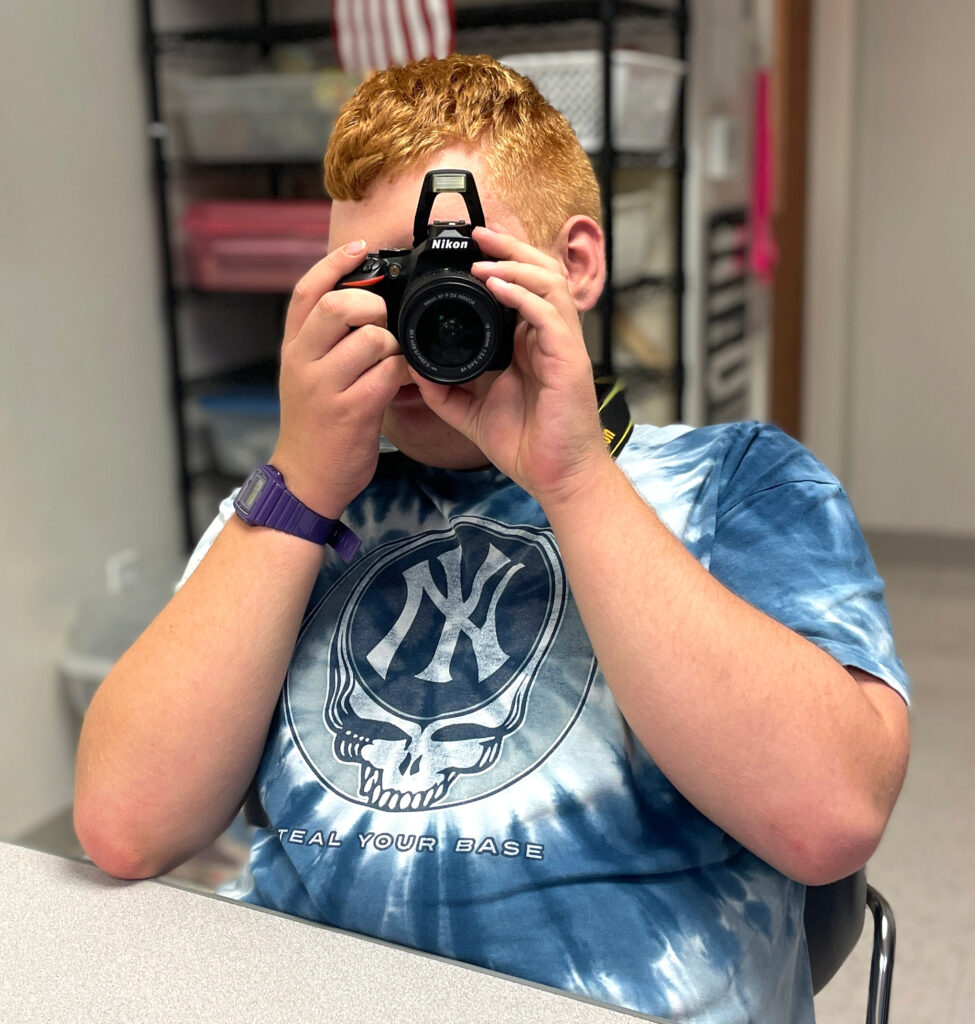Making friends is an important part of every child’s life, but forming those valuable connections can be difficult for children on the autism spectrum. We sat down with Beth Mahaney, a Certified School Psychologist and Clinician at Academy360 Lower School, to talk about how Spectrum360 helps students create bonds with other people as well as some tips for parents on how to help their child make friends.
S360: What are some of the challenges students on the spectrum face in trying to make friends?
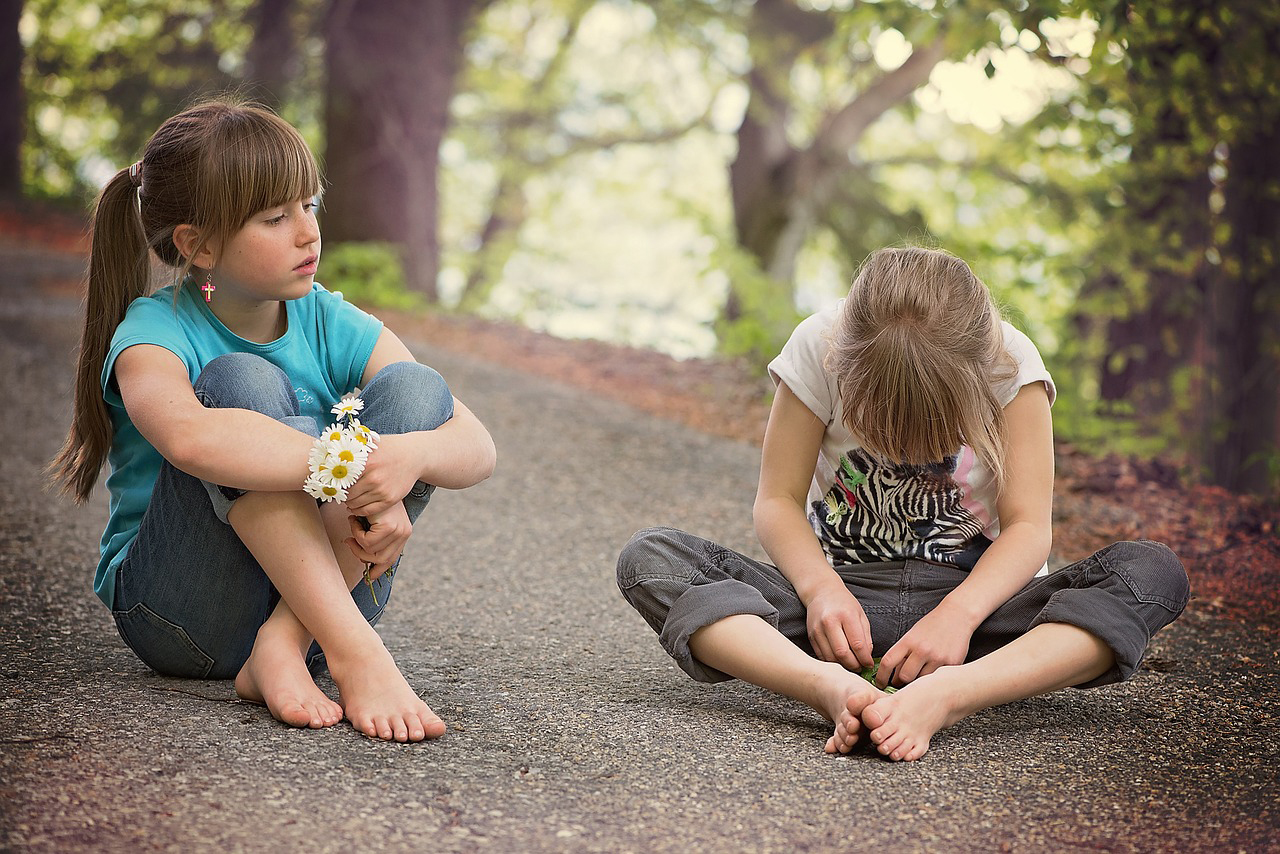 Beth Mahaney: The primary area of disability for individuals with autism is connecting with people, so depending on where they fall on the spectrum, forming friendships can be profoundly difficult. Also, individuals have different aspects to their desire to have friendships, and what friendship means to them.
Beth Mahaney: The primary area of disability for individuals with autism is connecting with people, so depending on where they fall on the spectrum, forming friendships can be profoundly difficult. Also, individuals have different aspects to their desire to have friendships, and what friendship means to them.
For individuals on the autism spectrum, there’s a weakness in their ability to make connections with other people. The other factor is – do they want to be connecting – to be friends or have relationships with other people? Students may have a different blend of those two abilities. For example:
- Some students might have everything they need verbally to make connections with other people as well as a vocabulary to make those connections, but they don’t desire to be connected with other people.
- Other students do have the desire, they’re very social in nature, but they don’t have the theory of mind to understand how to communicate with other people.
Every student with autism is different in terms of the blend of these two factors.
S360: How does Spectrum360 approach these challenges?
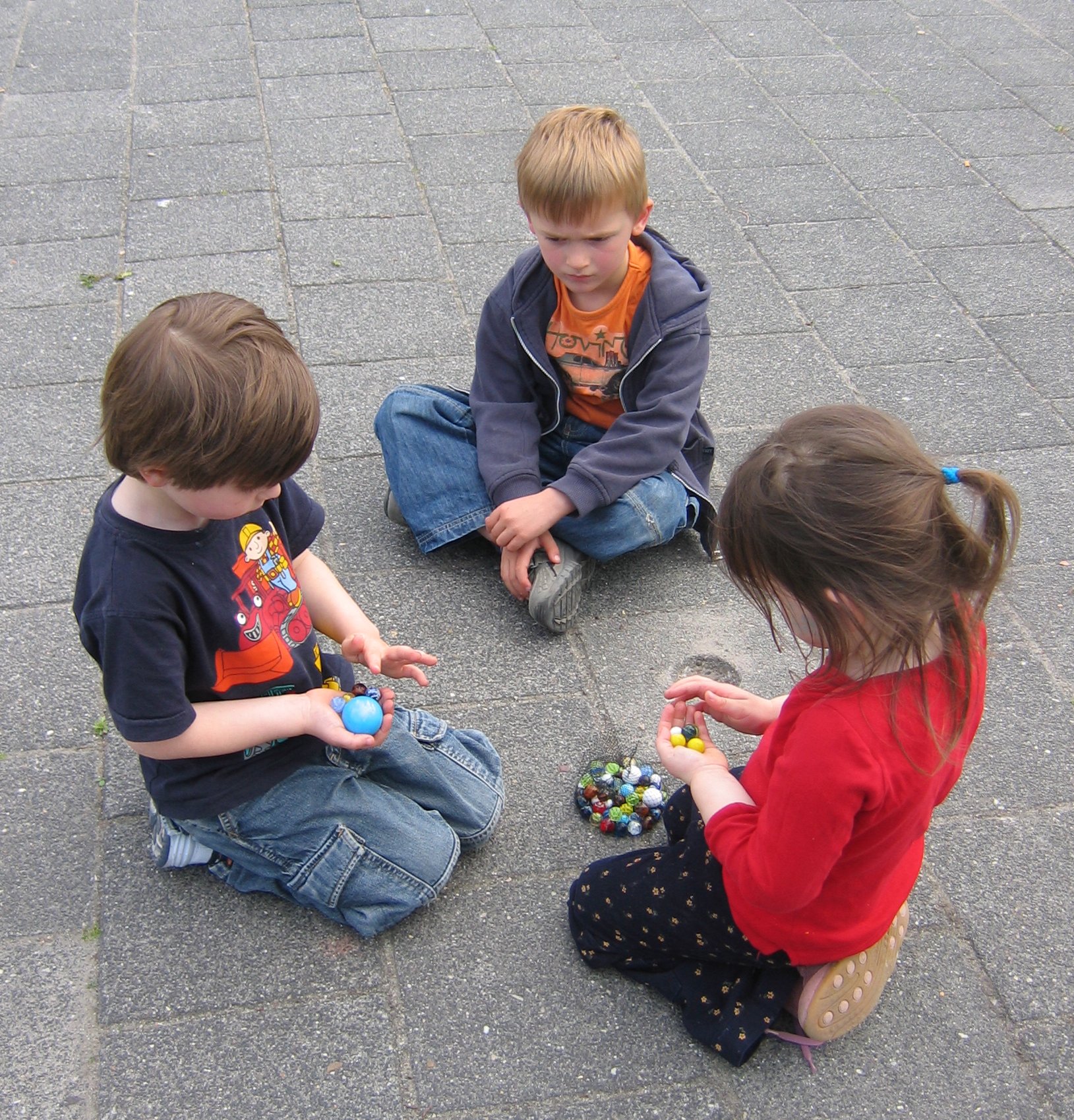 Beth Mahaney: As educators, even with students who don’t want to have connections or relationships, we work with them to learn the necessary skills. Because typically we find that they don’t want to live in a vacuum. And at some point, whether it’s when they hit puberty or late adolescence, all of a sudden they might have the urge to be connected with other people. But without the prior preparation, they wouldn’t have the skills to connect. So, because of that possibility, we teach interactive social skills regardless.
Beth Mahaney: As educators, even with students who don’t want to have connections or relationships, we work with them to learn the necessary skills. Because typically we find that they don’t want to live in a vacuum. And at some point, whether it’s when they hit puberty or late adolescence, all of a sudden they might have the urge to be connected with other people. But without the prior preparation, they wouldn’t have the skills to connect. So, because of that possibility, we teach interactive social skills regardless.
We want our students to be able to communicate with people even if they’re not finding relationships gratifying; to understand communication is important.
S360: What type of instruction do students receive?
Beth Mahaney: In the very beginning we teach them greetings and how to be interactive in communication; to listen to their communication partner and to try to think about their communication partner.
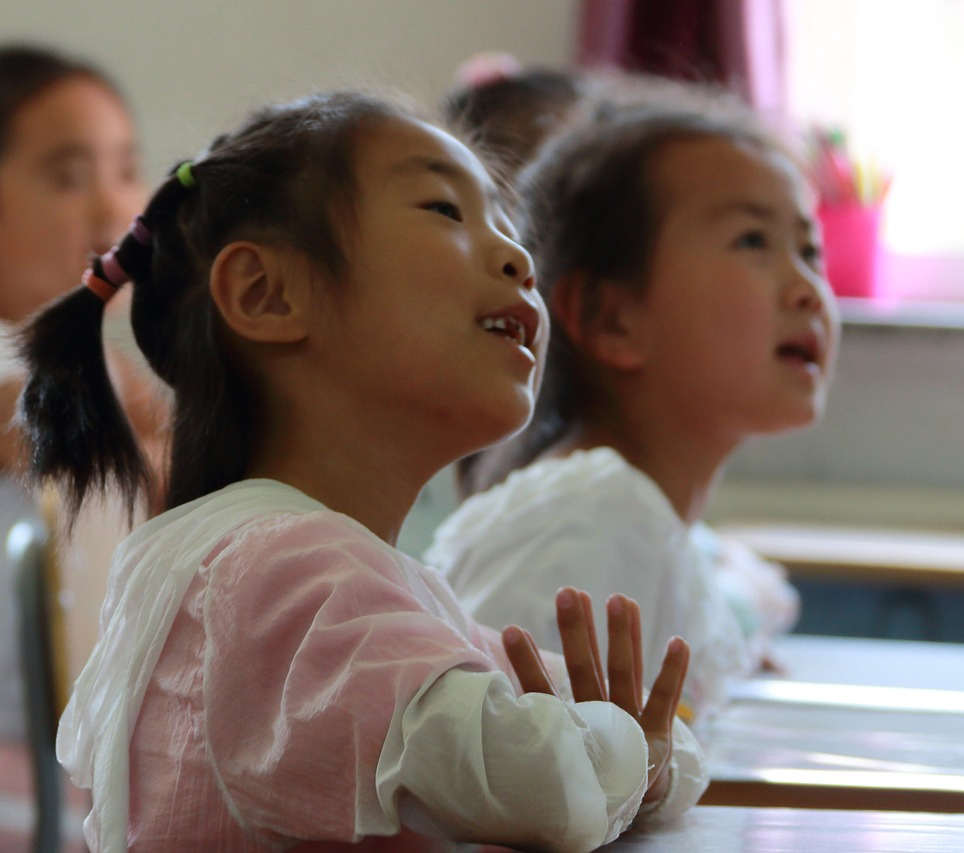
Typically, in conversation, our students will either be able to talk a lot about what they’re interested in or to have a conversation in an interview style. We teach them to ask questions. In a conversation, even our verbal kids will try very hard to ask a lot of questions, but they’re not really listening to the person’s responses. Even though they’re having a conversation and there is a back and forth, it’s not really reciprocal.
In a reciprocal conversation, not only do you need to know about the other person – what they like and what they don’t like – you have to have a little bit of self-awareness. What do I like? What is my favorite flavor of ice cream? What makes me happy? What is my favorite season? Do I like to dance or do I not like to dance?
If I don’t know that I like to dance, then I don’t know if having a friend who likes to dance is the right friend for me. So, there’s a lot of factors we’re trying to teach them: self-awareness, awareness of others, and how to interact.
The conversations of our students are oftentimes rule-governed. “I’m supposed to ask questions and make comments.” “I’m supposed to stay on the topic.” A lot of times that’s how they learn to have conversations, but they’re still not really reciprocating. It’s very hard for them to listen to somebody else’s answer, it’s hard for them to stay on a topic that’s not a reinforcing topic for them, and they’re very idiosyncratic. So some students will be able to have a great conversation about SpongeBob or trains, but if you want to talk about anything other than that, they can’t pay attention.
S360: Since children with autism often need specific training in social skills, how do you help them connect with each other?
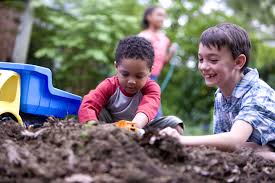 Beth Mahaney: For our students, social development is not intuitive. During our new staff social skills training, I tell teachers and aides that you have to think about it like a technical glitch. If your computer has a glitch, Apple might be able to create a workaround. So since our kids are not connecting these social skills dots, you create a workaround for your students. Each student is different, so a workaround might be a little bit different from child to child. For example, blowing bubbles with two students may help them create a positive association with each other because they think -“I like to blow bubbles and the last time I blew bubbles I was sitting with Brian,” therefore, we can do it together. The student will develop a positive association with Brian because they blow bubbles together!
Beth Mahaney: For our students, social development is not intuitive. During our new staff social skills training, I tell teachers and aides that you have to think about it like a technical glitch. If your computer has a glitch, Apple might be able to create a workaround. So since our kids are not connecting these social skills dots, you create a workaround for your students. Each student is different, so a workaround might be a little bit different from child to child. For example, blowing bubbles with two students may help them create a positive association with each other because they think -“I like to blow bubbles and the last time I blew bubbles I was sitting with Brian,” therefore, we can do it together. The student will develop a positive association with Brian because they blow bubbles together!
I teach the teachers and aides to facilitate and foster these social and emotional developments. We’re trying to create shared experiences.
In the lower grades, we teach more social-emotional skills. We look at other people’s moods, try to read social cues, faces – are they happy? Are they sad? That’s not directly related to building friendships, but you do have to have those skills to form relationships.
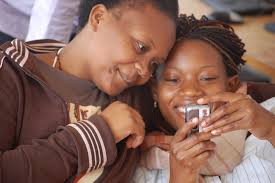
In our Middle School/9th grade transition program, one of the strategies we use is making friendship files. All students sort of understand the concept of “windows” on a computer, and just like we have windows and tabs open on our computers, we can create “tabs” for people that we know. So, we think of it as a friendship file. For example, I know some things about Mrs. Catania… I know she likes dogs, I know she has a husband, I know she has children, I know she likes Italian food… When I have those little bits of information, I can make a mental note about what we have in common that will resonate with me.
Students with ASD like everything to be routine, rule-governed and structured. You can think about forming friendships the same way. The way to find out more and fill in your friendship file is by asking peers questions and seeing if they have anything in common with you.
S360: How does that work in the classroom?
Beth Mahaney: In the classroom, we put each child’s photo up on the Promethean board and create a friendship file on everyone in the classroom. Students take turns asking similar questions to every kid: What’s your favorite movie, what’s your favorite flavor of ice cream, what kind of music do you like, do you have pets? Then I quiz them about the answers – because paying attention to other people can be difficult.
Once we have these friendship files, I’ll say “Now we know a lot about Angelina,” and next time you sit on the bus on the way to the Environmental Center or to CBI with your classmate Angelina, you remember – “Oh, she has a dog at home, I have a dog at home! Let’s talk about our dogs.”
In terms of building friendships, modeling these skills is the way we go about it. We give them the building blocks, the foundation of reading social cues: how to find out about people, how to find what you have in common, how to listen to them, and how to respond to them.
With the practice and constant repetition of these skills, hopefully, socializing and communicating reciprocally will become internalized.
Spectrum360: How does this work for non-verbal children who aren’t able to develop these communication skills?
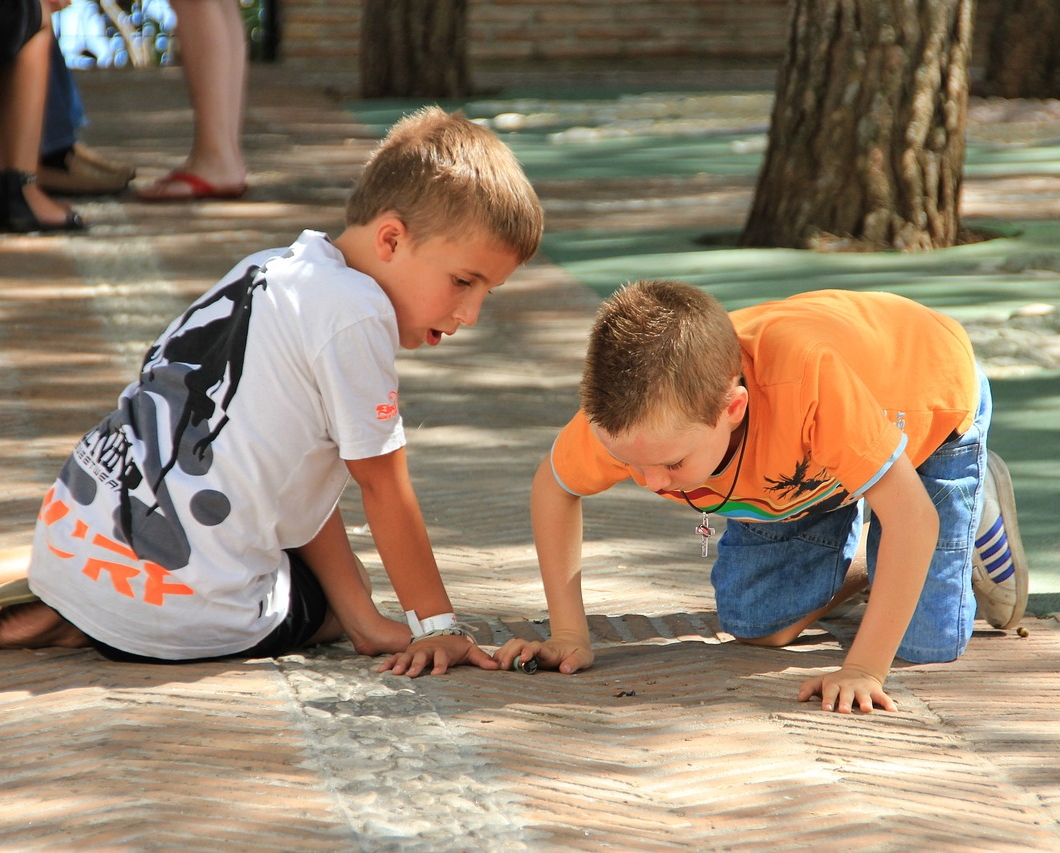 Beth Mahaney: Connection isn’t always verbal. Connecting can be playing catch with somebody, eating with somebody, watching a movie together, having a shared experience. Friendships aren’t always about having conversations.
Beth Mahaney: Connection isn’t always verbal. Connecting can be playing catch with somebody, eating with somebody, watching a movie together, having a shared experience. Friendships aren’t always about having conversations.
You can play a game and you don’t have to talk. You don’t have to have good conversation. You can have a shared experience by just knowing how to play a game, taking turns – playing together. It’s crossing the line from parallel play to interactive play. Sharing some time together – blowing bubbles, walking, or dancing, but together. You do have to pair a child with something that motivates them – so when paired with another person, we do things that are highly reinforcing. If a student loves to swim, doing that with another person will create that positive association. And making that association as something that’s important to them is a great first step, regardless of their level of cognition or verbal ability.
S360: Why is identifying emotions particularly difficult?
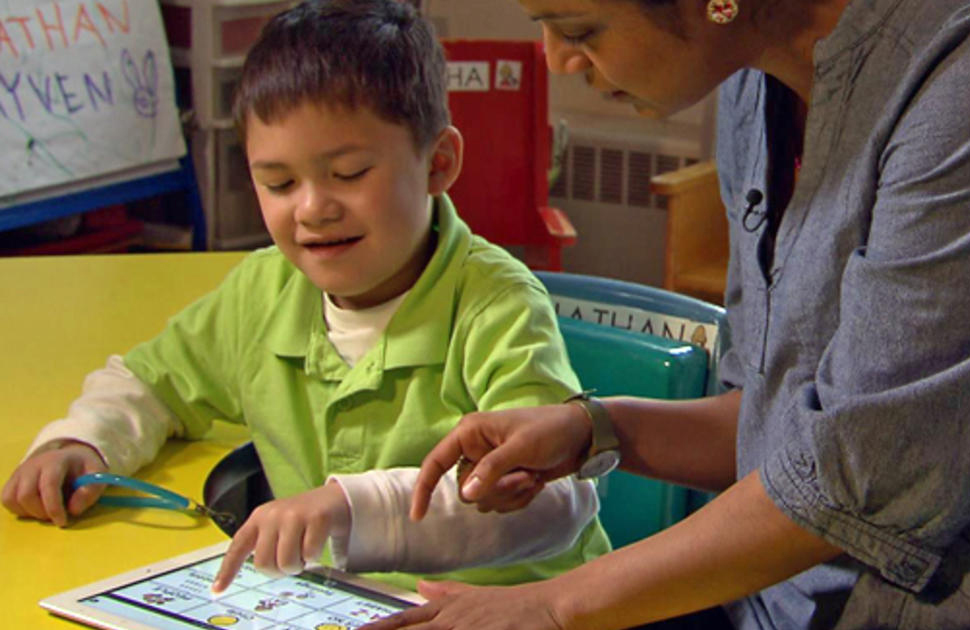
Beth Mahaney: Many children on the spectrum find it uncomfortable to look into people’s faces. In order to pick up visual emotional cues, we need to teach them to look at facial expressions. When we teach them to be social detectives, we teach them to listen to tone of voice, facial expressions, and body language. Those are the three clues they have to look at and try to discriminate.
In one of my lessons, I’ll say “How do you know how I’m feeling?” Then I say a phrase like “Oh my gosh!” in eight different ways or tones of voice, and have it mean eight discretely different things. They kind of know “Oh, that’s angry!” or “Oh, that’s happy!” They’re not sure exactly how, but many do. That’s great if they know the difference between the happy tone and the angry tone, or even that there is a difference. After they master listening to my voice and looking at my face, we try to add in body language to show different meanings.
S360: What about children who don’t seem interested in connecting with others?
There’s a documentary that’s called “Autism the Musical,” about a woman who puts on a musical – similar to what our music teacher, Mrs. Feldman. does. She tries to organize a show with children who have pretty severe autism. We never get to the show, but the film explores what she learns about them. [Watch the trailer]
In the movie, one of the students is highly verbal and is very involved with dinosaurs. He says to the director, “I have my own world. This is my own world – it’s perfect for me. It’s filled with dinosaurs.” He’s imagining a world that he’s able to go into in a very full way! He says, “Why would I want to leave to be with you? I have my own world!” Who would want to leave that?
Individuals like that don’t want any connection. They’re the outliers. They want to be alone all the time. We’re not saying any of their features are necessarily bad or unhealthy. It is just a different balance.
The autistic characteristic of wanting to be alone doesn’t really mean an individual is lonely. They’re in their own world that is perfect for them! So you have to find something reinforcing enough to make them want to step out of that world. And stepping out of that world is also stepping out of their comfort zone. That is difficult. There has to be a desire to be connected with other people.
The fact is, I don’t believe anyone really wants to live in a vacuum. We need to be able to say “I need help” and to get help. I want to be able to say “I need water. Give me some water, please.” There are interactions where you do need people to some extent, even if it’s just to have your own needs met…
With an individual who doesn’t want connections, you have to say “we’re going to share time together, and when you’re done you can be by yourself again.”
S360: How does a parent know if their child desires friendships?
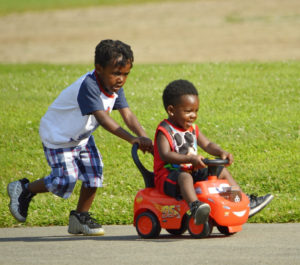 Beth Mahaney: Parents know their kids so well – they’re experts on their own kid in many ways. But they don’t see their kids in groups all that often. And knowing how they respond in groups is important. A lot of our students are able to have conversations with adults much more easily than they’re able to have conversations with peers because adults are constantly tailoring the conversation to the child! And, it’s very predictable and safe for the student.
Beth Mahaney: Parents know their kids so well – they’re experts on their own kid in many ways. But they don’t see their kids in groups all that often. And knowing how they respond in groups is important. A lot of our students are able to have conversations with adults much more easily than they’re able to have conversations with peers because adults are constantly tailoring the conversation to the child! And, it’s very predictable and safe for the student.
But in a group of peers, they’re going to behave differently than in a group of adults. So, having them participate in peer activities that are structured and staff supported, and within their range of interests is good. It reinforces positive connections. If your kid loves bowling – bowl in a group! If your kid loves painting – paint in a group!
Also, our students spend seven hours a day at school during which, especially in the Middle School/9th grade transition program, we’re facilitating groups all day long. We teach social skills in the classroom. They also learn in a group – they can be in a reading group, a life skills group, etc. and this offers social exposure. It’s not necessarily friendship, but familiarity is a good start.
S360: What are your top tips for developing friendships?
Beth Mahaney:
- Help your child understand what a friend is. Teach and reinforce the social skills necessary to form relationships – identifying emotions, starting reciprocal conversations.
- Get to know your child’s interests and whether or not they desire to connect with others. Is this desire something that needs fostering, or is it something you have to help them develop?
- Most importantly: give them opportunities to practice these skills by finding peers with similar interests for shared experiences: Structured activities, after-school programs, and play dates are all good ways to help your child interact with other children. Small groups are often best, because that allows greater interaction. Help them understand that they’re going to share time with this other person and here’s what you have in common, here’s what you both like, and here are the things you can do together or talk about together. With all this, they’re on a good path forward for making connections with the world around them.
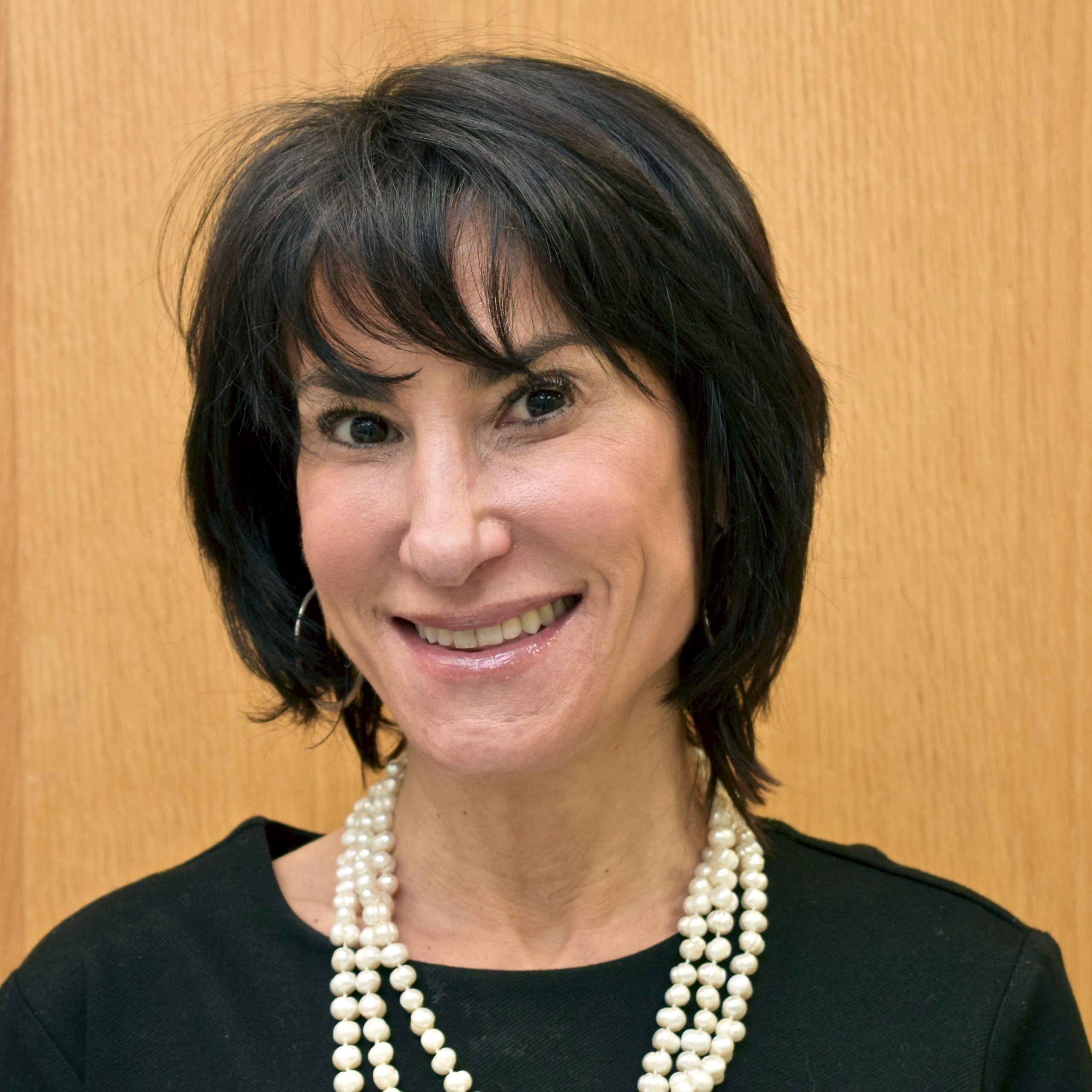 Beth Mahaney has been a Clinician at Academy360 Lower School since 2012, but her interest in working with individuals with ASD began while she was still in college while working as an assistant teacher in a therapeutic nursery school for children with autism. She earned her Masters Degree in Psychology at NYU and is certified by the state of NJ as a School Psychologist. Before joining the S360 staff, Beth worked in the NJ public school system for 15 years. One of Beth’s claim to fame is that she was Lady GaGa’s Kindergarten teacher! When she is not working, Beth loves taking advantage of NYC’s cultural offerings, practicing Pilates, and hanging out with her three kids.
Beth Mahaney has been a Clinician at Academy360 Lower School since 2012, but her interest in working with individuals with ASD began while she was still in college while working as an assistant teacher in a therapeutic nursery school for children with autism. She earned her Masters Degree in Psychology at NYU and is certified by the state of NJ as a School Psychologist. Before joining the S360 staff, Beth worked in the NJ public school system for 15 years. One of Beth’s claim to fame is that she was Lady GaGa’s Kindergarten teacher! When she is not working, Beth loves taking advantage of NYC’s cultural offerings, practicing Pilates, and hanging out with her three kids.


